Caul fat, also known as lace fat, is one of the most under-used offal or organ meats. Traditionally used to wrap foods before cooking, you can think of it like paper thin bacon. In this post I'll tell you everything you need to know about cooking with caul fat.
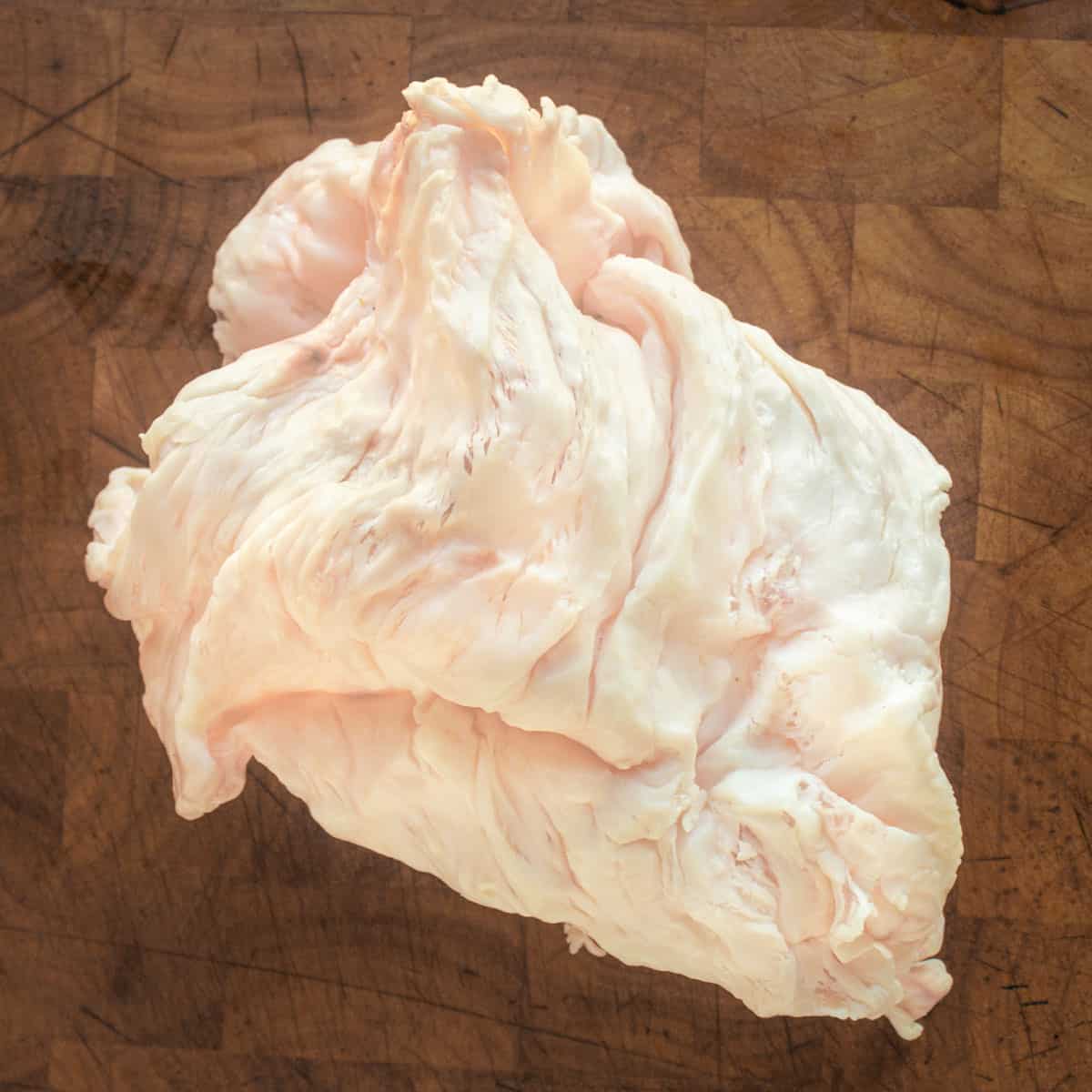
What is Caul Fat?
Known as the greater omentum, this is a sort of fat netting that surrounds the stomach and digestive organs of ruminant animals. It's long been used by chefs in Europe but is hard to find and relatively obscure in America.
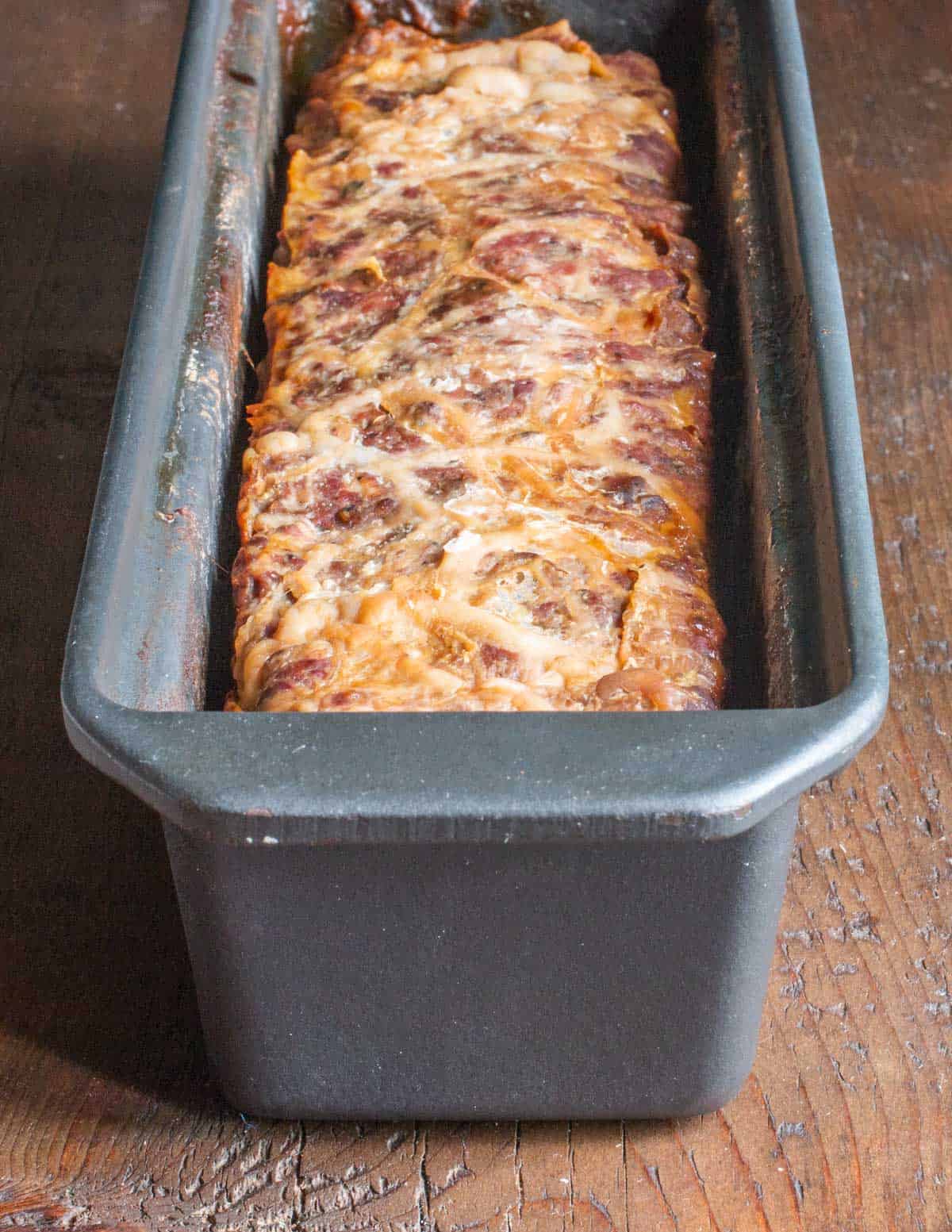
Wrapping food in caul before cooking it allows the fat to insulate it. As it cooks, the fat melts and bastes the meat , keeping it moist.
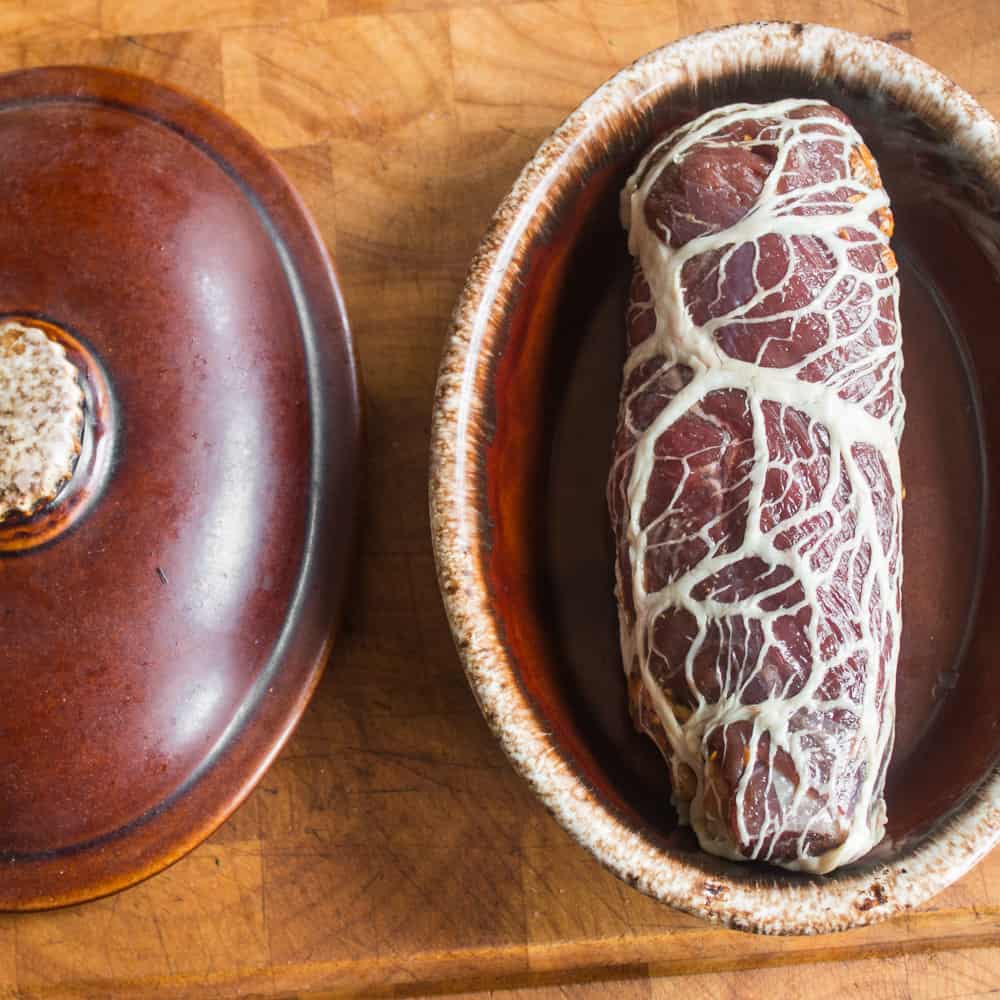
Pork Caul vs Lamb, Venison or Goat Caul
I've worked with pork, venison, goat, and lamb caul fat. Pork is the easiest to work with as it's thin and pliable. Lamb, goat, and venison caul fat are thicker and the fat has a higher melting point.

How to Use Caul Fat
One of the best ways to use caul fat is wrapping terrines, pates and charcuterie instead of bacon. One of the most classic ways of using it is wrapping creppinettes, which could be meat or fish topped with a stuffing. Lamb chops creppinette are traditional in France.
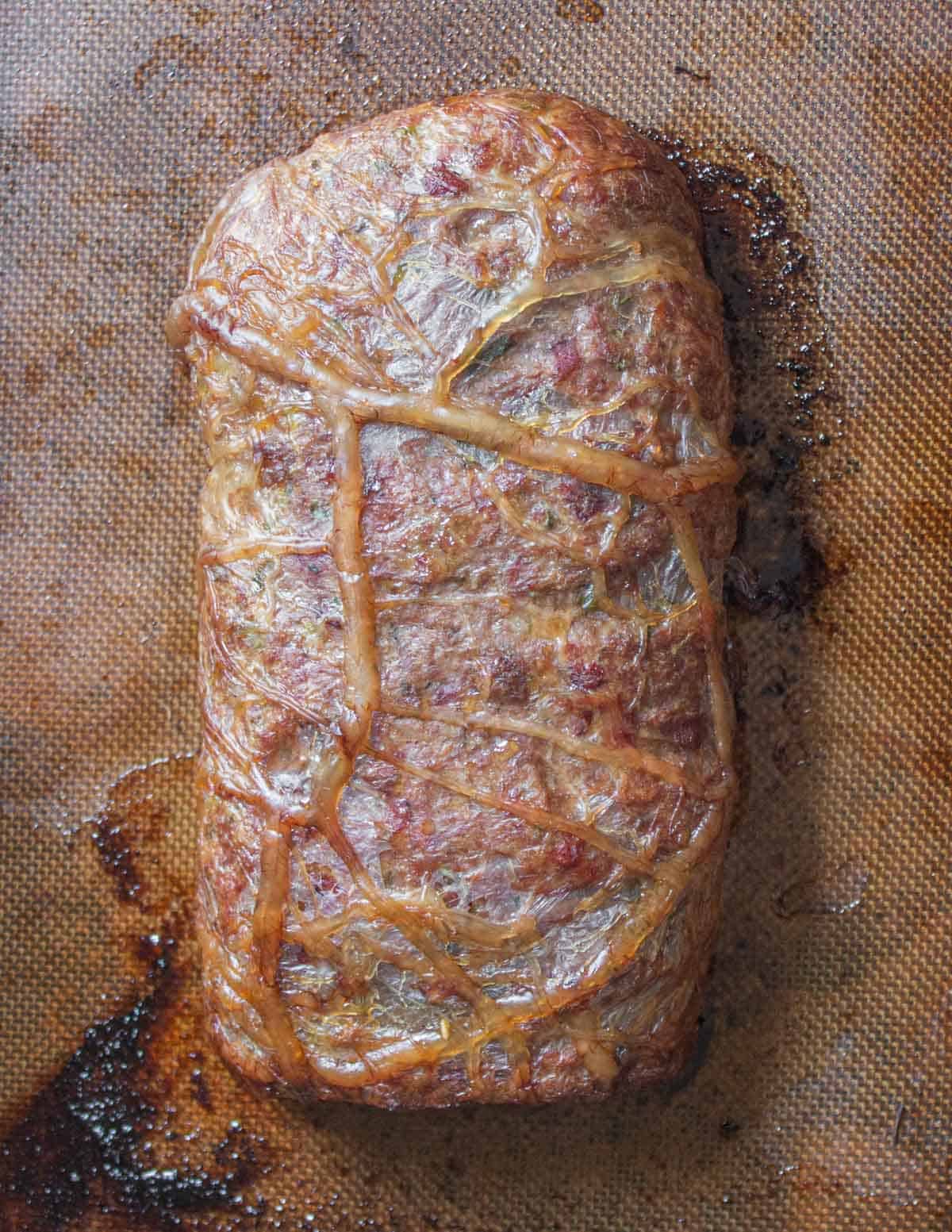
If you have extra, the fat can also be rendered to make tallow. Here's some examples in the gallery below.
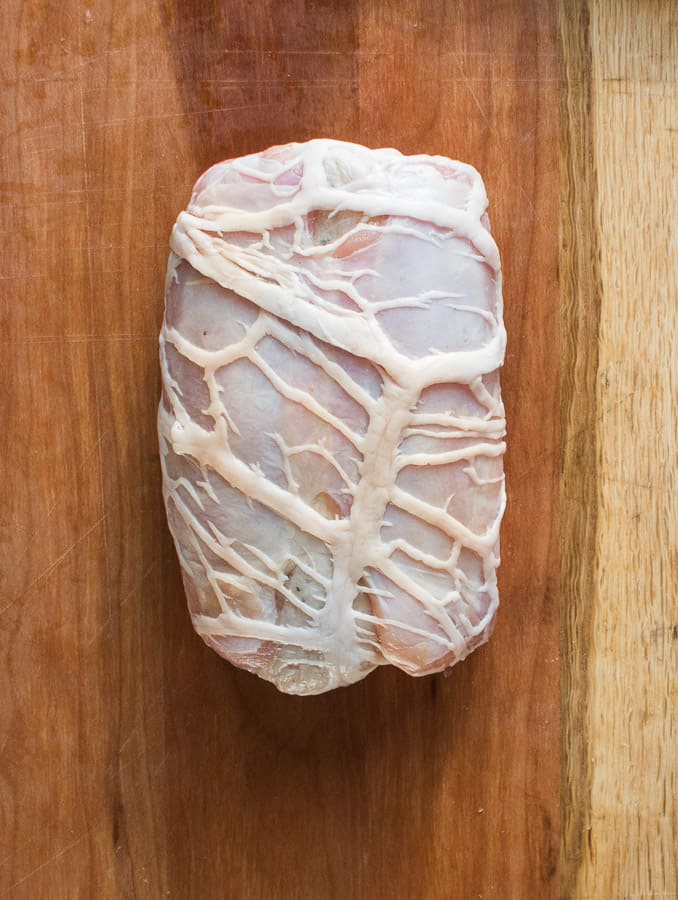
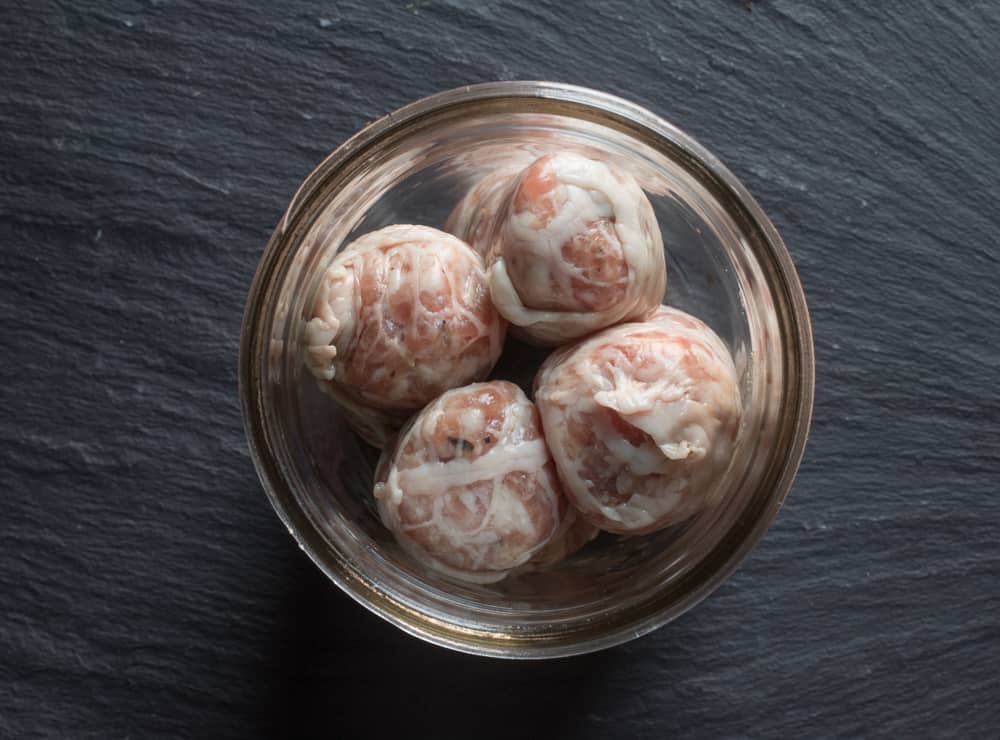

I store caul wrapped in small packages of cling film in a vacuum sealed bag in the freezer. After thawing, caul should be used within 2-3 days or it will spoil.
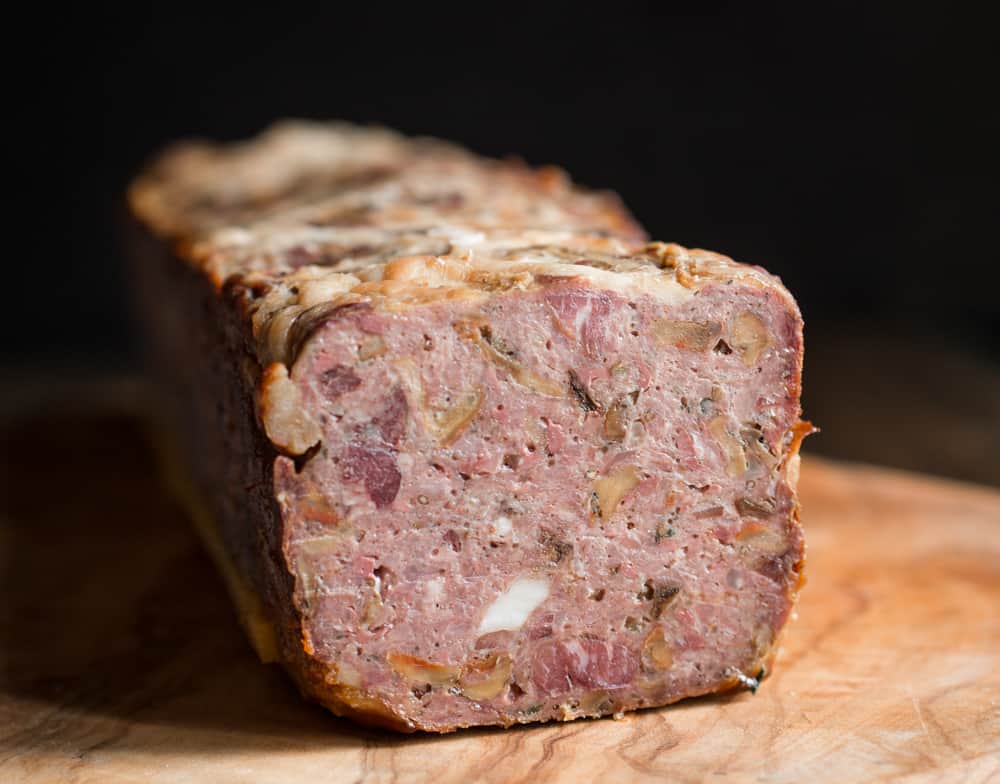
Cooking Ideas
- Make a juicy lucy by just putting cheese in a burger and wrapping it in caul, then pan frying.
- Use it to wrap meatloaf.
- Use instead of sausage casings.
- Use it to wrap skinless poultry breasts like pheasant.
- Use it to wrap mashed potatoes, shape into cakes and fry.
- Top a piece of salmon with a fish forcemeat and wrap with caul.
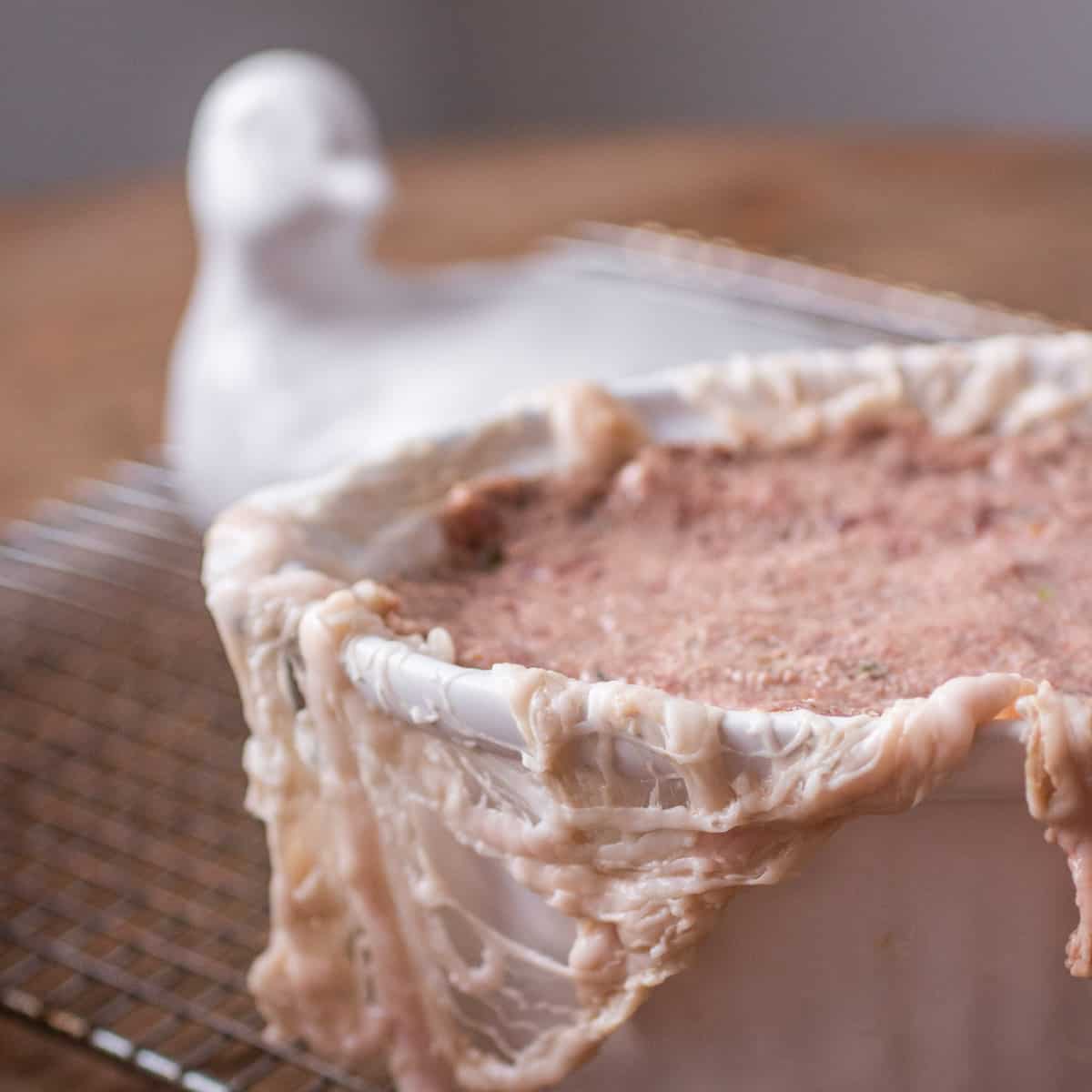
Caul Fat Recipes
- Turkey and Lobster Mushroom Terrine
- Venison Pot Roast with Chanterelle Stuffing
- Stuffed Rabbit Saddle Wrapped in Caul
Where to Buy Caul Fat
Butchers are known to throw away their caul. Call and talk to your local butchers to see if they have caul fat for sale, or if they can order some. Pigs caul is usually cheap. If you're a chef you can buy it frozen from Butcherpacker.com

Katie
Hey Alan! I'm hoping to harvest a deer this upcoming season in Wisconsin, and I'm trying to find more ways to use as much of the deer as I can. This post and a few of your others have had me completely mesmerized and excited for the past couple hours. I am really looking forward to trying a lot of new recipes.
You mentioned that you wouldn't go for the caul fat on a deer unless it was younger. Is that because there is a higher chance it won't have a good flavor to add to the dish?
Francine Vantomme
Good morning; could you prepare blood sausage with caul fat? Do you cook with lamb lungs?
Alan Bergo
Hi Francine. Yes, you could absolutely make blood sausage using caul fat as a wrapper. I would prefer pork caul to lamb, goat, or venison. I harvested all the lungs from the lambs I butchered this year but I haven't worked with them yet in depth. The flavor of lungs is far more intense than I anticipated.
Lily
Hello! Thank you for this sage information! Can you use It with a stuffed beef tenderloin? Or is it too big? Should I make smaller loaves?
Alan Bergo
Yes you can, but you may want to cut the tenderloin into manageable sized pieces if you're trying to cook a whole one. 3lb hunks would work.
Rita
Would not eat liver as a child. Dad put bay leafs on it wrapped it in call fat and put it on the charcoal grill. Been eating it now that way for 60 years.
Alan Bergo
That sounds really good, I love hearing about people enjoying caul. Thanks Rita.
Lin
Thanks for this introduction to caul fat. Very interesting I am wrapping my first terrine in bacon, as the recipe called for, but I bet it would be more subtly flavored with the caul. Really doubt I can find it where I live, though maybe a better grocery would carry it frozen?
Alan Bergo
Don't look to a grocery store, look to a butcher that processes whole animals, they likely throw it away. Caul is very delicately flavored, unlike typical American bacon that's so smoky it tastes like an ashtray since it's made with smoke additive, instead of being actually smoked.
orchisovis
You might also contact your local "custom harvester". This is the person that goes to the farms and ranches and "harvests" the steer or the lamb on site and then takes the carcass to the butcher shop for cut and wrap. The caul needs to be collected at the time of harvest or it probably goes in the bag with the rest of the innards and will be lost forever. I had my guy save from a lamb and a young ewe yesterday - great! Cannot wait to give it a try. The older ewe's caul fat was thick and lumpy... won't use it, but might render it for candle making...
Alan Bergo
That's some great advice for rural areas where butchers don't save any of it.
Kathy Rapp
Hi there,
I noticed you stated "2″ by 2″ beef roast" Chmn,,,, This is a bit too small to even call a roast. What size did you mean?
Thank you.
Alan Bergo
Hi Kathy, I fear you're getting caught in semantics. This recipe is taken directly from restaurant line preparation. In restaurants when I serve a "roast" it is very small, typically only 2-3 ounces per person. Cutting large roasts into smaller ones makes for less waste for the restaurant at the end of the day. That being said, you can substitute tenderloin at home, or another cut you like, it doesn't have to be a "roast", but that's what I used. It is very important the cut of meat is rectangular and small though, since slicing large cuts wrapped with forcemeat and caul can fall apart.